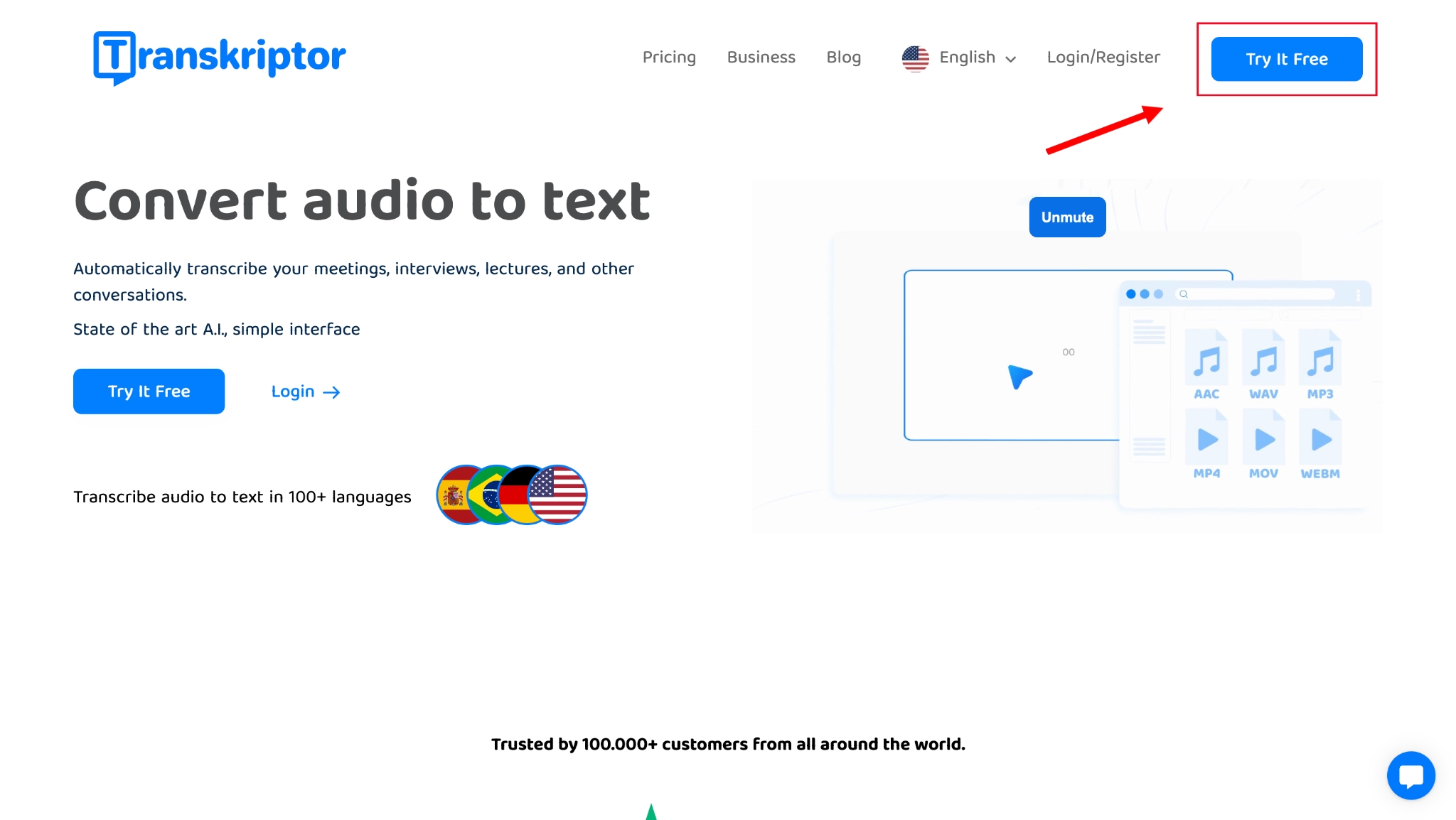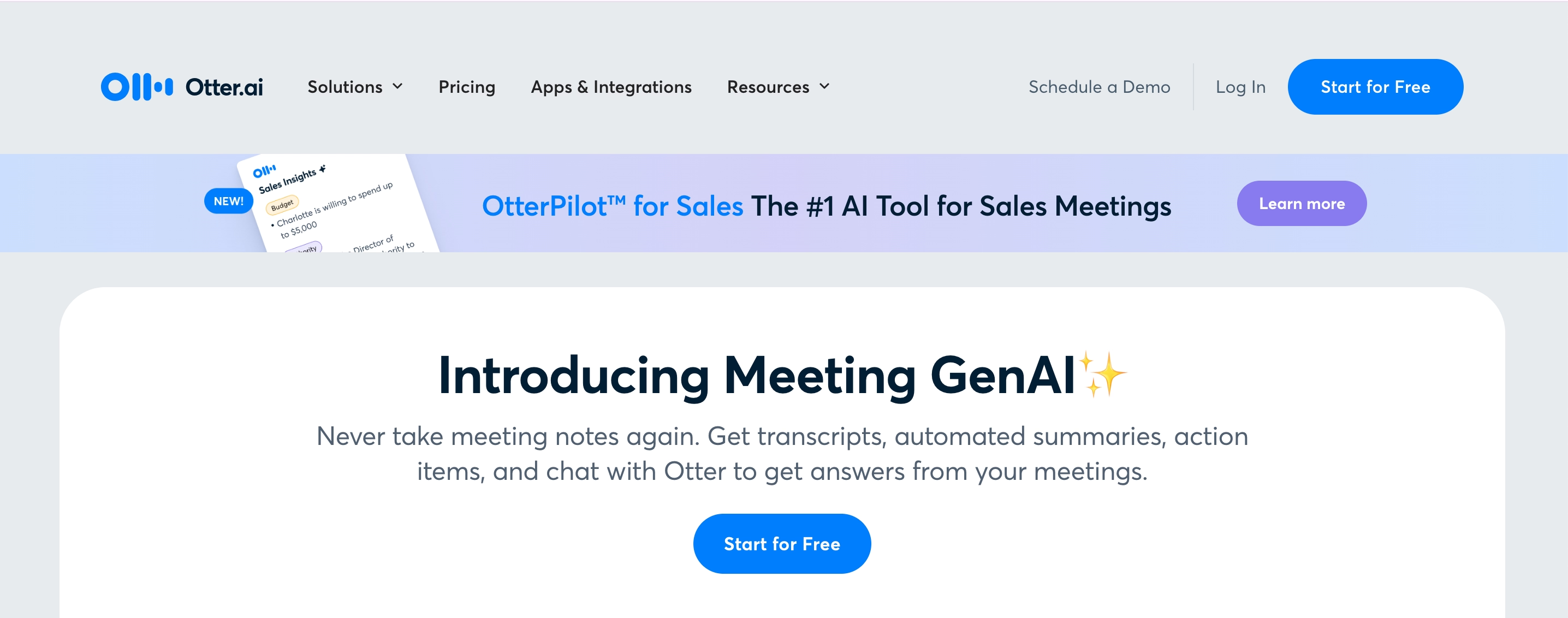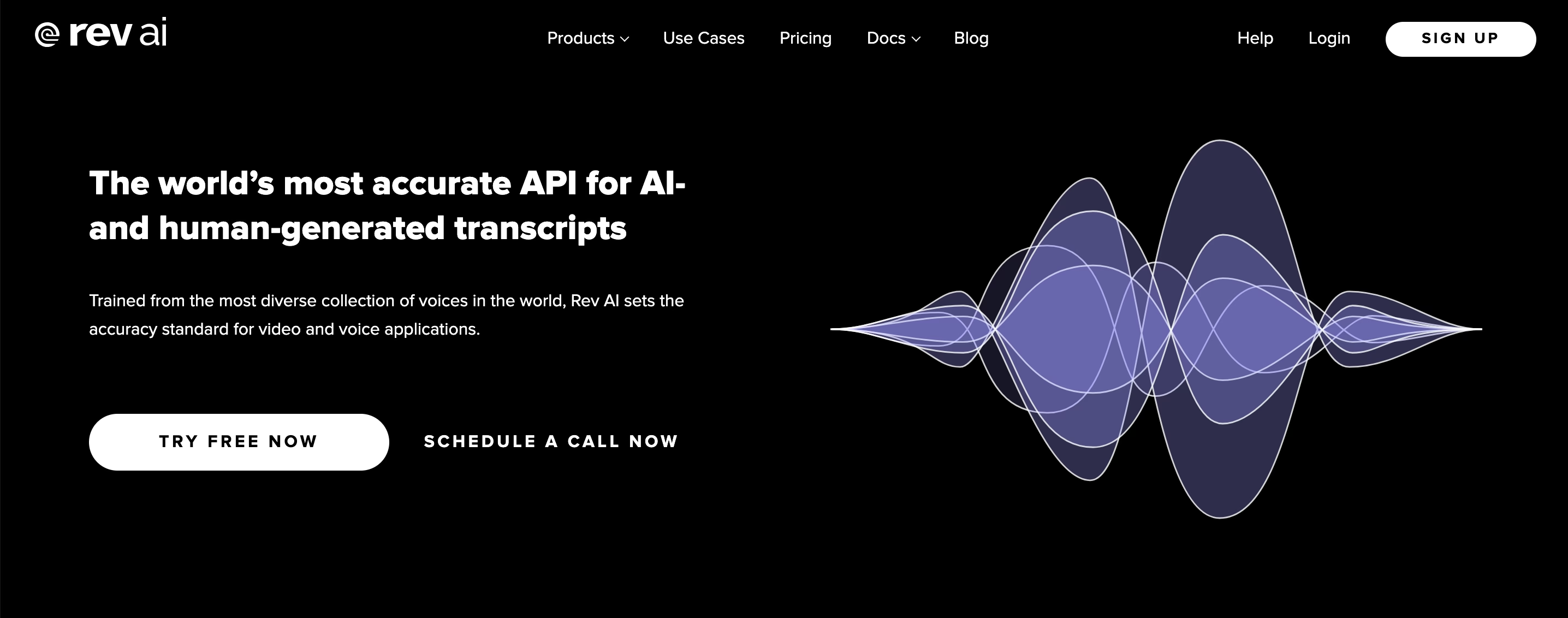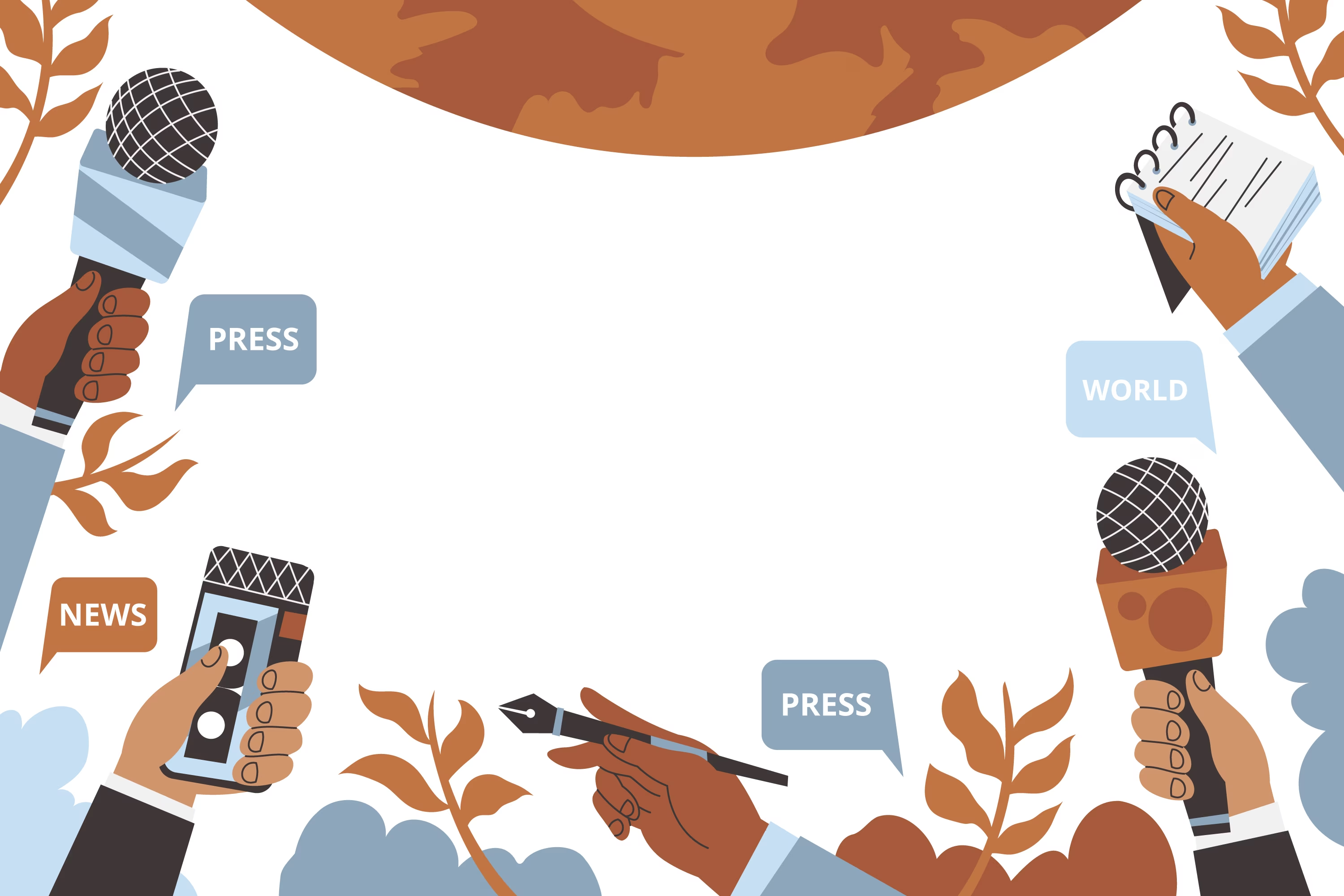
How Do Teamwork Skills Enhance Journalism?
Teamwork in journalism is crucial for crafting well-rounded, accurate stories. When team members, including reporters, editors, and photographers, collaborate, they combine their diverse skills to produce comprehensive narratives. Working on a team project allows journalists to leverage each other's strengths and ensure a more thorough and balanced approach to storytelling.
Collaborative efforts ensure every aspect of a story, from fact-checking to sourcing, is thoroughly examined, minimizing errors. Teamwork fosters innovation, allowing ideas to flow freely and producing more creative and impactful journalism.
Effective teamwork streamlines processes, enabling quicker decision-making and better resource management in a newsroom with tight deadlines and high stakes. Journalism teams deliver stories that are not only compelling but also hold up to the highest standards of journalistic accuracy by pooling their expertise.
Building a Successful Team
Building a successful team in journalism requires a blend of skills, knowledge, and experience. A successful team works collaboratively towards a common goal, each member contributing unique strengths. This synergy is vital in the fast-paced world of journalism, where the quality and timeliness of content are paramount.
Characteristics of a Successful Team
A successful team in journalism exhibits several key characteristics:
- Clear Communication : Effective and open communication is the backbone of any successful team. Team members share ideas, provide feedback, and keep each other informed, ensuring everyone is on the same page.
- Trust : Trust among team members is crucial. When team members trust each other to fulfill their roles, it fosters a supportive environment where everyone can perform their best.
- Respect : Respecting each other’s opinions, ideas, and contributions is essential. This mutual respect encourages a positive and productive team dynamic.
- Collaboration : Successful teams work together seamlessly, sharing responsibilities and leveraging each other’s expertise to achieve their common goals.
- Adaptability : The ability to adapt to changing circumstances and priorities is vital. Journalism is dynamic, and a team that can pivot quickly will thrive.
- Accountability : Each team member must be accountable for their actions and outcomes. Taking responsibility for mistakes and learning from them is a hallmark of a high-performing team.
The Role of Each Team Member
Every team member plays a critical role in the success of the team. To ensure the team’s success, each member should:
- Understand Their Role : Clarity about one’s responsibilities within the team is fundamental. Each member should know what is expected of them.
- Contribute Unique Skills : Leveraging individual strengths and skills enhances the team’s performance.
- Communicate Effectively : Open and transparent communication with other team members is essential for coordination and collaboration.
- Be Accountable : It is crucial to take responsibility for one’s actions and outcomes. Accountability ensures that everyone is committed to the team’s success.
- Be Flexible and Adaptable : The ability to adapt to new situations and challenges is vital in the ever-changing landscape of journalism.
- Respect and Value Contributions : Valuing the input and efforts of other team members fosters a positive and collaborative environment.
Teamwork Skills for Journalists
Journalists operate in a fast-paced and dynamic environment, often under tight deadlines. To be successful, they need to possess strong teamwork skills that enable them to work effectively with others and produce high-quality content.
Essential Teamwork Skills
- Communication : Effective communication is crucial. Journalists must convey their ideas clearly and listen to feedback from editors, photographers, and designers.
- Collaboration : Collaborating with other team members is essential for producing high-quality content. This involves sharing ideas, responsibilities, and expertise.
- Adaptability : A key skill for journalists is the ability to adapt quickly to changing circumstances, such as breaking news or tight deadlines.
- Problem-Solving : Journalists need strong problem-solving skills to think critically and address issues swiftly, often under pressure.
- Time Management : Managing time effectively is vital. Journalists must meet deadlines while maintaining the quality of their work.
- Respect : Respecting the contributions and opinions of other team members, including editors and photographers, is essential for a harmonious and productive team environment.
By developing these teamwork skills, journalists can enhance their ability to produce high-quality content, meet deadlines, and work effectively with their colleagues to deliver excellent journalism.
What is the Role of Transcription in Journalism Teamwork?
Transcription plays a vital role in teamwork within journalism, especially as multimedia content becomes key to storytelling. Accurate transcription of interviews and audio recordings ensures precise capturing of every word, forming a reliable basis for reporting.
This process is crucial for maintaining quote integrity and presenting accurate information. Effective transcription supports collaboration by providing all team members access to the same material, enhancing communication, and ensuring that team members work effectively together.
How Do Editors Manage Transcribing Tasks Efficiently?
Team leaders are pivotal in managing transcription tasks within journalism teams. They utilize advanced transcription technology and voice-to-text tools to streamline the process, converting audio into text efficiently. This allows editors to review and edit content effectively.
Prioritizing tasks and managing time is essential to ensure timely and accurate transcriptions. Editors set clear guidelines for consistency and quality, reducing the manual transcription load. By leveraging technology and strategic workflow management, they focus on refining stories.
What are the best practices for audio-to-text communication for team members writing articles?
The best practices for audio-to-text articles include:
- Ensure High-Quality Audio : Use quality microphones and minimize background noise during recordings for clear audio capture.
- Choose Reliable Transcription Tools : Select voice-to-text tools with high accuracy that can handle various accents.
- Review and Edit Transcriptions : Carefully review the converted text against the original audio to correct errors.
- Consistent Formatting : Use clear and consistent formatting, label speakers, and organize text logically.
- Maintain a Written Record : Keep a well-organized archive of transcriptions for reference and fact-checking.
- Leverage Speech Recognition Technology : Integrate speech recognition to streamline transcription and enhance efficiency.
- Train Staff on Tools : Ensure all team members are trained to consistently and accurately use transcription tools.
Team-building activities can also enhance team performance and communication, fostering a more cohesive and enjoyable work environment.

How to Use Speech Recognition in Newsrooms Effectively
Speech recognition in newsrooms is revolutionizing journalism by making it easier to transcribe journalism interviews and convert spoken words into written text, thereby fostering high-performing teams. Teams should integrate these tools into their existing workflows, ensuring that reporters and editors are trained in their use-to-use speech recognition effectively in newsrooms. Voice-to-text tools for reporters drastically reduce the time spent on manual transcription, allowing journalists to focus more on content creation.
It is essential to select speech recognition software that is highly accurate, supports multiple languages, and handles various dialects and accents. Newsrooms should also implement a process for reviewing and correcting transcriptions to ensure the accuracy of the final text.
Advantages of Voice-to-Text Tools for Reporters
Voice-to-text tools offer numerous advantages for reporters, particularly in fast-paced newsroom environments. These tools allow reporters to transcribe journalism interviews and other audio content quickly, reducing the time and effort required for manual transcription. This not only speeds up the reporting process but also minimizes the risk of errors that can occur when transcribing by hand. Effective use of these tools can significantly enhance job satisfaction by allowing reporters to focus more on meaningful tasks and reducing repetitive work.
Voice-to-text tools also enable reporters to focus more on crafting their stories as they quickly generate written content from spoken words. Additionally, these tools can be used on the go, making it easier for reporters to capture and transcribe information.
How Can Transcribe Journalism Interviews Improve Workflow?
Transcribing journalism interviews significantly improves workflow and enhances team performance by streamlining the content creation process. When interviews are transcribed accurately and efficiently, reporters and editors can quickly access the information they need to write and edit stories. This reduces the time spent searching audio files and ensures that all team members work with the same material.
Transcription makes it easier to fact-check quotes and verify details, contributing to journalistic accuracy. Additionally, having a written record of interviews allows for better collaboration among team members, as they easily share and review the content.
What Tools Support Teamwork and Transcription in Journalism?
The entire team benefits from several tools supporting journalism and transcription teamwork, helping teams collaborate more effectively and produce accurate content. Speech recognition technologies, such as Dragon NaturallySpeaking, Transkriptor, and Otter.ai, are popular for converting spoken words into text. These tools offer high accuracy and handle different languages and accents, making them valuable for transcribing journalism interviews.
Overview of Top Speech Recognition Technologies
Top speech recognition technologies widely used in journalism include Dragon NaturallySpeaking, Transkriptor, Otter.ai, and Google Speech-to-Text. Dragon NaturallySpeaking is known for its accuracy and some customization options, making it a favorite among professionals who need reliable transcription. Transkriptor is a transcription tool that supports accurate audio-to-text conversion, offering features for editing and managing transcriptions efficiently.
Otter.ai is another popular tool that offers transcription and collaboration features, allowing multiple team members to access and edit transcriptions simultaneously. With its advanced machine-learning capabilities, Google Speech-to-Text provides robust support for various languages and dialects, making it a versatile choice for global newsrooms. These tools not only enhance the team's efficiency but also contribute to the growth of individual team members by enabling them to develop personal strengths and share knowledge effectively.
List of Effective Voice-to-Text Tools for Journalists
The list of practical voice-to-text tools for journalists is listed below.
These tools enhance individual productivity and contribute significantly to the team's success by facilitating seamless collaboration and efficient workflow.

- Transkriptor : Transkriptor offers reliable audio-to-text conversion focusing on accuracy and ease of use. The tool supports various audio formats and provides a user-friendly interface for editing and managing transcriptions. It features automatic punctuation and speaker identification, which helps streamline transcription. Transkriptor supports efficient teamwork by allowing users to share and collaborate on transcriptions within the platform.
- Otter.ai : Otter.ai is a powerful tool for transcription and team collaboration. Its features include speaker identification, searchable transcripts, and highlighting and commenting on specific parts of the transcript.
- Rev : Rev offers both AI-powered and human-generated transcription services. The AI option provides quick, automated transcriptions with decent accuracy, while the human transcription service ensures high precision, making it ideal for detailed and essential interviews. Rev also supports captions and subtitles, providing comprehensive solutions for various content needs.
- Descript : Descript is an innovative tool that combines transcription with audio and video editing capabilities. Descript’s interactive interface lets journalists make precise edits to their transcriptions while seamlessly integrating changes into the audio or video file.
- Trint : Trint provides automated transcription services with a strong focus on collaboration and editing. Its AI-driven technology converts audio and video files into text quickly and accurately. Trint’s platform includes features such as customizable editing, interactive transcripts, and team collaboration tools, allowing multiple users to work on and review transcriptions together.
- Dragon NaturallySpeaking : Dragon NaturallySpeaking is a speech recognition tool known for its accuracy and some customization options. It converts spoken words into text and can be tailored to specific vocabularies and industry jargon.
- Google Speech-to-Text : Google Speech-to-Text leverages advanced speech recognition technology to transcribe audio into text. It supports various languages and accents, making it suitable for global newsrooms.






How Can Journalists Overcome Challenges in Transcription and Improve Team Performance?
Successful teamwork allows journalists to overcome challenges in transcription and collaboration by implementing strategic workflow management and leveraging appropriate technologies. Effective management involves setting clear deadlines, prioritizing tasks, and fostering open communication among team members. Utilizing digital tools like project management software and collaboration platforms streamlines workflows and keeps teams aligned.
Strategies for Managing Workflow and Deadlines
Below are strategies for managing workflow and deadlines:
Set Clear Objectives : Define goals for each project to ensure all team members understand their tasks and deadlines.
Encourage team members to interact outside of work-related tasks by attending social events or participating in team-building exercises to foster trust and improve morale.
Create a Schedule. Use project management tools to outline timelines and milestones.
Prioritize Tasks : Focus on high-priority tasks to ensure timely completion.
Assign Roles : Delegate tasks based on team members’ skills and expertise.
Utilize Digital Tools : Trello or Slack can track progress and communication.
Conduct Regular Check-Ins : Hold team meetings to review progress and adjust as needed.
Manage Time : Encourage time management techniques to maintain focus and productivity.
Monitor Workflows : Continuously assess and adjust processes based on feedback.
Ensure Resource Availability : Confirm all necessary resources are available to avoid bottlenecks.
Implement Contingency Plans : Prepare for potential delays with plans to minimize disruptions.

How to Integrate New Technologies into Newsroom Processes
Integrating new technologies into newsroom processes involves several steps:
Assess Needs and Objectives : Identify the newsroom's specific needs and determine how new technologies can address them.
Research and Select Technologies : Choose tools that align with the newsroom's goals, considering usability and scalability.
Plan Implementation : Outline a detailed integration plan, including timelines and resources.
Provide Training: Train team members to effectively use the new technology in their daily tasks.
Pilot Test : Conduct a test with a small group to identify issues before full implementation.
Gather Feedback : Regularly collect user feedback to refine and improve the process.

Conclusion: Future Trends in Teamwork and Technology in Journalism
TNewtechnologies that boost collaboration and efficiency. It will increasingly influence the future of teamwork in journalism. Tools like Transkriptor and other digital journalism resources will enhance accuracy and integrate smoothly into newsroom processes. Teamwork will remain central, with technology as a key enabler of collaboration and innovation. By staying adaptable and embracing new tools, journalism teams will continue producing high-quality content that meets the evolving demands of the media landscape.
Impact of Emerging Technologies on Journalism Practices
Emerging technologies are set to revolutionize journalism, especially in transcription and teamwork. Enhanced speech recognition will minimize manual transcription, while AI tools will assist in content creation and editing. These advancements will boost efficiency and collaboration, ensuring timely and accurate reporting. However, journalists must remain mindful of the ethical use of these technologies, ensuring they are applied responsibly and transparently.
Final Thoughts on Enhancing Collaborative Efforts in Journalism
Teamwork in journalism is crucial for creating high-quality content in today's dynamic media environment. By embracing technologies like speech recognition and voice-to-text tools, journalism teams enhance collaboration and streamline workflows, producing stories that resonate with audiences.
As the media landscape evolves, adapting to new tools is essential for upholding journalism's high standards. By prioritizing teamwork and utilizing the latest technologies, journalists deliver impactful stories that inform and engage the public.
